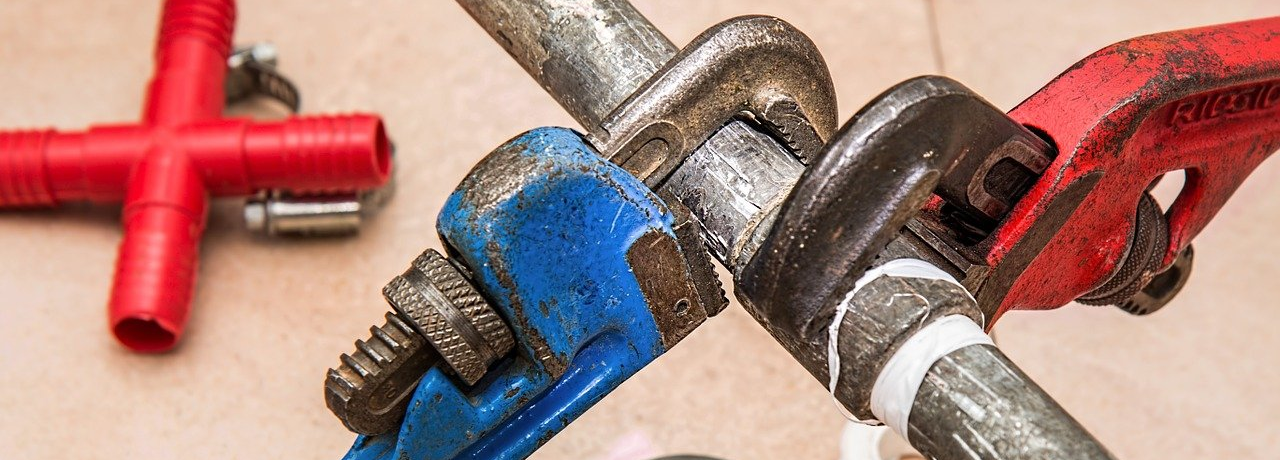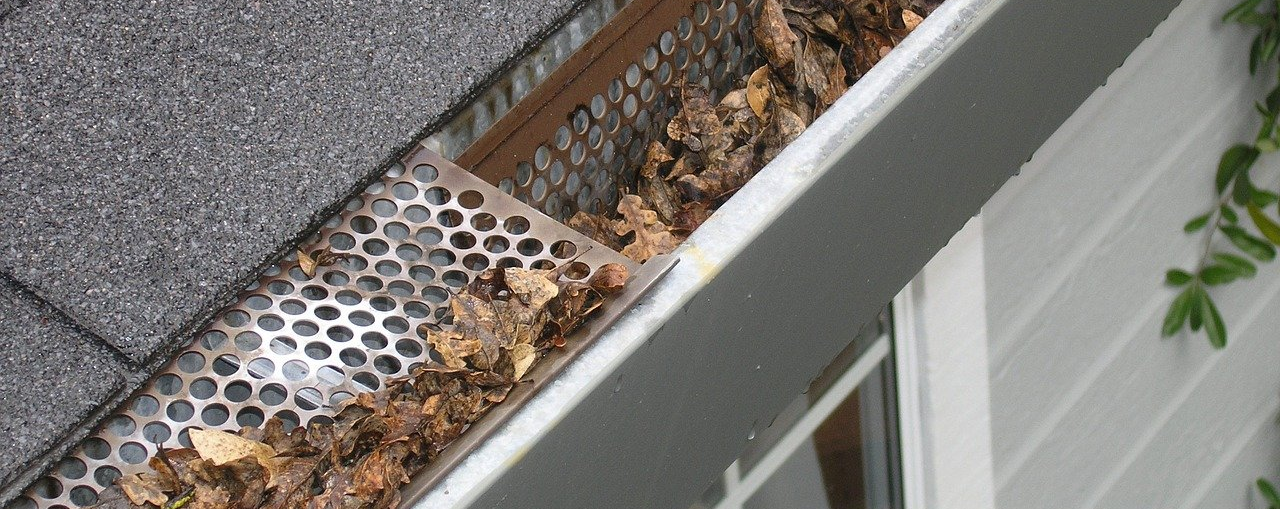24/7 Emergency Service
Call Us (208) 812-9829
Blog Post
6 Ways to Prevent Water Damage This Winter
Ryker Bingham | Dec 30, 2019
Water damage
in the home isn’t just caused by flooding; there are all sorts of things that can cause it. The effects of water damage can be a lot more serious than many people realize, so it is best to prevent it from occurring in the first place.
Protecting your home from water damage
is something that you should focus on all year long, but there are additional concerns during the winter months. These are some of the things that you can do if protecting your home is your goal.
Have Your Roof Inspected and Repaired
A leaky roof can cause significant water damage. Many people don’t realize that there is something wrong with their roof until it is too late, but you can be proactive by having your roof inspected on an annual basis. If your roofing contractor finds any issues with your roof, make sure that you address those problems right away. This can help you prevent your roofing problem from getting worse, and it can help you prevent major water damage. Plus, proper roof maintenance and repairs will help you maintain your home’s value and keep your home looking great.
Prepare Your Plumbing Pipes
During the winter months, you have to worry about the possibility of your pipes freezing. Even in the best-case scenario, this can leave you and your family without access to water until your pipes thaw out. In the worst-case scenario, frozen plumbing pipes can burst. This can lead to major flooding in your home.
When installing plumbing pipes in your home, many professionals suggest going with PEX pipes. These pipes are significantly cheaper than copper pipes, and you don’t have to worry about having traces of metal in your water supply. They are also faster and easier to install. What you might like best about PEX pipes, though, is the fact that they typically will not burst, even if they freeze.
Of course, you don’t have to install new plumbing pipes just to prevent water damage. No matter what type of pipes you have, you can help prevent them from freezing by insulating them. There are special wraps that you can purchase just for this purpose. Keeping the temperatures in your home above freezing will also help with indoor pipes. Lastly, on really cold nights, allowing your pipes to drip a little bit will help prevent freezing. This does waste water, but it’s a temporary option if your pipes are not insulated yet. Also, don’t forget to cover outdoor spigots or faucets with an insulated cover to prevent freezing.
Install Weatherstripping
Your home’s exterior doors might already have weatherstripping in place. Over time, however, weatherstripping can begin to wear out. As this happens, air and moisture can seep into your home. If moisture seeps in, this can damage your door, door casing, flooring and walls. It can also cause mold growth. Additionally, cold air can seep in and cause the temperatures in your home to drop, causing your heating system to work less efficiently.
Weatherstripping is affordable and can be purchased from most home improvement stores and hardware stores. It can be installed quickly and easily and should last for a while before it needs to be replaced again.
Use Caulk to Seal Up Cracks and Holes
In addition to sealing up your doors with weatherstripping, you should also think about using caulk to seal up any cracks and holes around the home. Not only can these cracks and holes cause water damage, but they can also allow pests into your home and could cause your heating system to work less efficiently.
You can start by looking for cracks and holes around your windows, on your walls and near your foundation. You will need a tube of caulk and a caulk gun to help with the application. Remember that a little bit goes a long way, and make sure that you allow the caulk to dry thoroughly before touching the area.
Keep Your Gutters Clean
It is easy to forget about your home’s gutters, but they are an important part of taking care of your roof. If your gutters are clogged with leaves, limbs and other debris, water cannot flow through them properly. As snow and ice melts, it can back up on your roof and can eventually cause leaks.
You will need a ladder or scaffold to do the job, and you can don gloves to protect your hands. Remove all of the limbs and leaves, then use a water hose to help flush out any smaller bits of debris. This should help you keep your gutters working properly throughout the winter. If you are nervous about doing the job yourself or if you are short on time, contact a roofing professional. If you have a roofer come out to inspect your roof, this can be a great time to have your gutters cleaned, too.
Remove Snow and Ice From Your Roof
Even if you have a modern roof that is well-maintained, the weight of heavy snow can put a lot of pressure on it. To help prevent the snow from damaging your roof and causing leaks, it’s important to clear your roof off regularly throughout the winter. This is something that you can do yourself with a roof rake, or you can hire a roofing professional to come out and do it for you. In addition to protecting your roof during the winter, this can also help you keep your home looking neat and tidy.
If you want to protect your home from water damage
this winter -- and all year long -- you can start by following the steps above. Despite your best efforts, though, there is always the possibility that water damage can occur. If this happens, don’t panic. Instead, contact us at Standard Restoration. We offer water damage restoration services
for homeowners like you, and we can help you restore your home to its original condition as quickly and effectively as possible.
Share
Tweet
Share
Mail
Our Services
Contact Information
Standard Restoration
322 N Steelhead Way,
Boise, ID 83704
Phone: (208) 812-9829
Request an Estimate
Contact us, and we will come out and discuss your project free of charge.
Copyright © 2024 Standard Restoration. All Rights Reserved. Website & Marketing by Local Visibility


